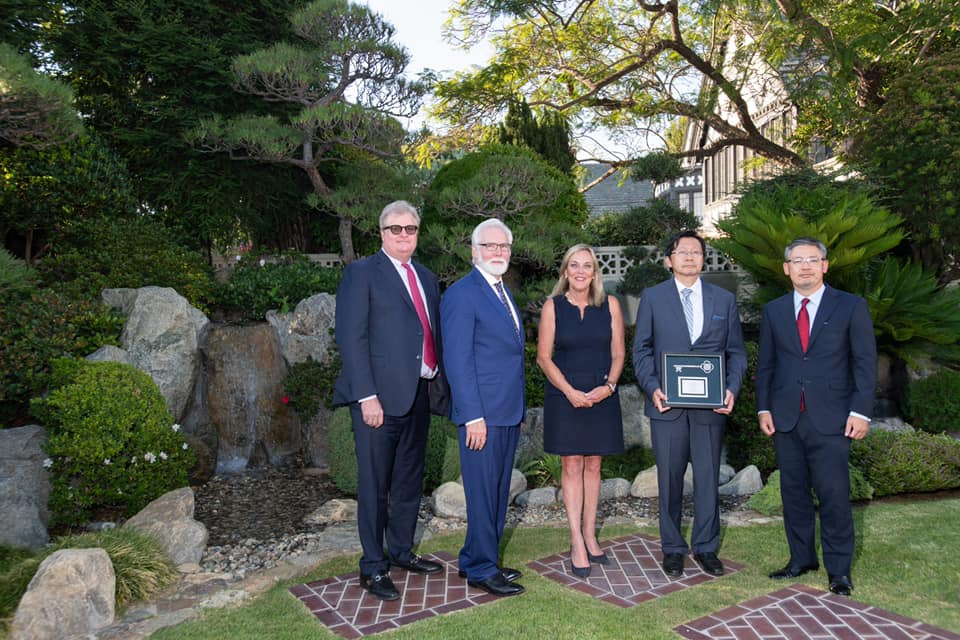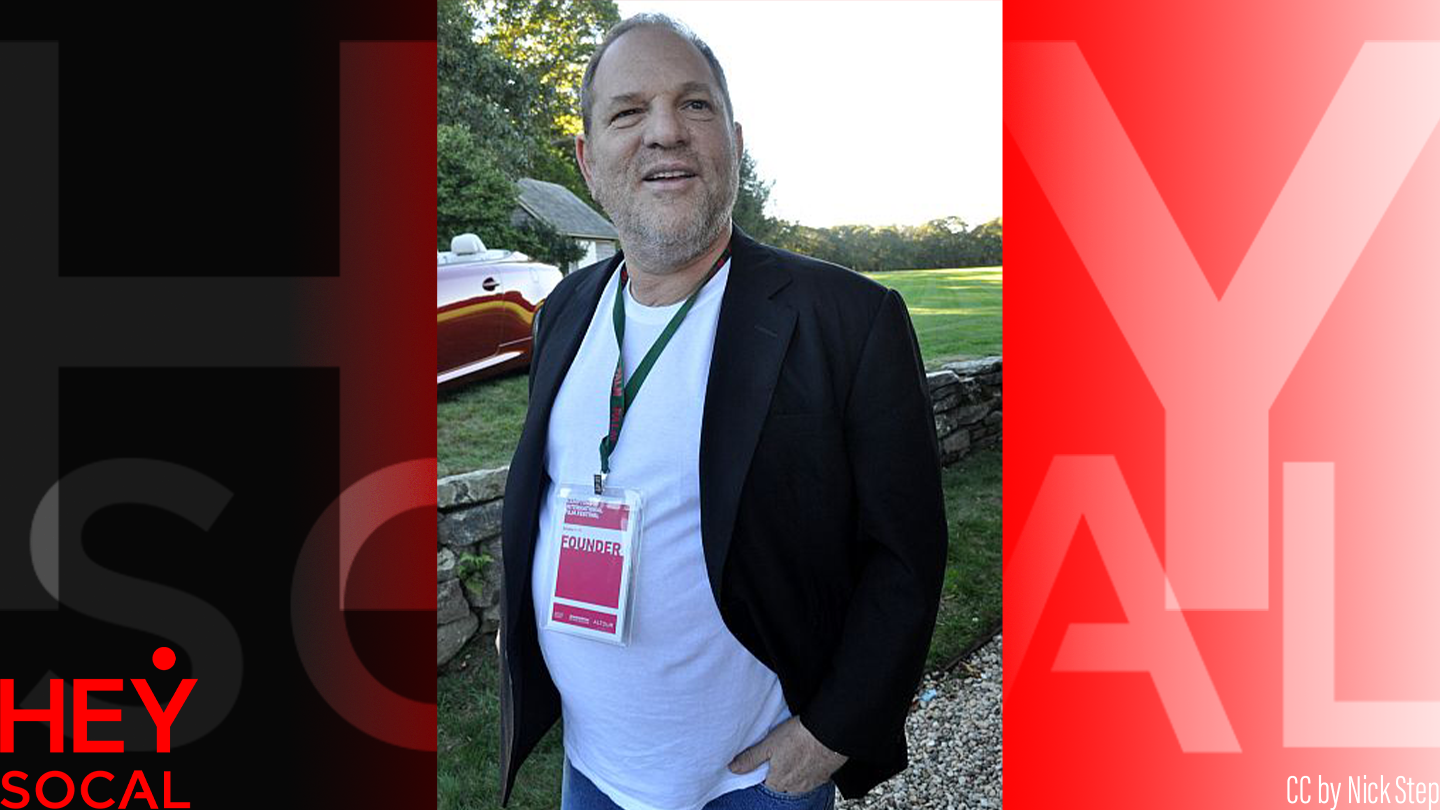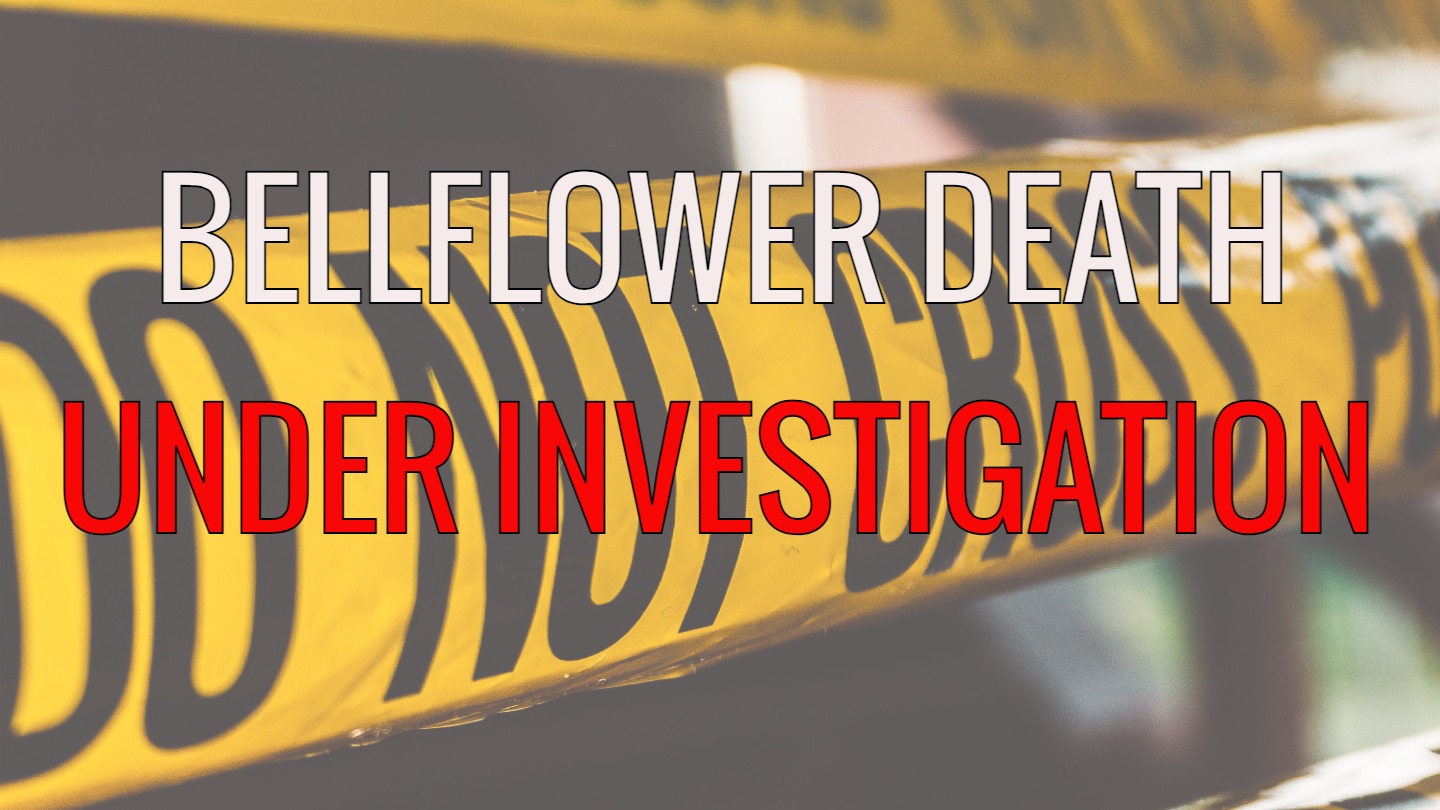Lancaster has teamed up for a historic “sister city” agreement with Namie, Japan, in which the two cities agree to use hydrogen as their green energy strategy.
Lancaster Mayor Rex Parris and his counterpart, Kazuhiro Yoshida, signed the “Smart Sister Cities” agreement on Monday in an online event that took place simultaneously in Japan and the United States, and was attended by Sen. Alex Padilla, D-California, Lt. Gov. Eleni Kounalakis, and Yukari Hino, director of hydrogen and fuel cell strategy for Japan.
It was touted as the world’s first bilateral agreement by municipalities pledged to using hydrogen as their green energy strategy. The concept was first proposed at a luncheon with Parris and Akira Muto, Consul General of Japan in Los Angeles, in July 2020.
“We now host several hydrogen company investments, and we envision an even brighter future centered around hydrogen,” Parris said.
He suggested that the program could become a framework for municipalities of all sizes to adopt a hydrogen roadmap.
“Municipalities have tremendous power to influence decisions and improve the environment. We hope they will convert to this incredibly smart fuel that promises a new opportunity for cities everywhere,” Parris said.
Yoshida said hydrogen fit in with “recovery and excellence” as the central themes of the Tokyo Olympics.
“We are thrilled that Namie hydrogen is being used to fuel the Olympic torch, flame, and official fuel cell vehicle,” Yoshida said. “With the cooperation of all parties concerned, we strive for Namie to become a town that pioneers a hydrogen-based society using locally produced carbon-free hydrogen.”
He that the town’s efforts included the introduction of fuel cell vehicles as its official vehicles and the implementation of a demonstration study to establish a hydrogen supply chain.
Namie, in Fukushima prefecture, has been rebuilding after the Daiichi nuclear tragedy of March 11, 2011, completing construction of the largest solar- energy-powered hydrogen production unit in the world — the Fukushima Hydrogen Energy Research Field known as “FH2R” — in 2020.
Lancaster is also a hub of clean energy innovation. Since 2009, it has attracted more than $2 billion in solar investments, developed its own green energy municipal utility, and in 2019 became the first “Net-Zero” city in the United States.
Namie and Lancaster officials have been holding monthly meetings online.
“They are learning each other’s histories, cultures, and how to integrate hydrogen into their daily lives. We will also promote the dialogue with Japanese companies,” said Norihiko Saeki, executive director of the Japan External Trade Organization in Los Angeles.
Los Angeles County Supervisor Kathryn Barger called the partnership a historic opportunity for the city and county to take part in providing a critical resource.
“It is my hope that hydrogen made in Lancaster will help fuel the Los Angeles Olympics in 2028, much like Namie-made hydrogen is being used during the upcoming Tokyo Olympics,” Barger said.







